![10 Least Visited Countries in the World [2021]](https://photos.wildjunket.com/Asia/Turkmenistan/Darvaza-gas-craters/i-x39CXFg/0/XL/IMG_9412-XL.jpg)
10 Least Visited Countries in the World
Last Updated on March 14, 2024
From Niue to Sao Tome and Principe, we bring you the latest list of the least visited countries in the world (and why you should visit them).
Overtourism has grown to become a global issue in recent years, with places like Boracay shutting down completely to deal with overwhelming amount of tourists. To combat overtourism, I’d like to encourage everyone to veer off the well-trodden paths and seek out more authentic experiences.
In fact, there are still plenty of places that are eager to welcome tourists — and when practiced sustainably, where tourism can even help alleviate poverty. Granted, some of these countries may be plagued by political issues, while others are so remote they’re incredibly hard to get to. But pack a sense of adventure and you’ll find that unrivaled beauty and absolute pristine nature.
Based on the 2023 report from the World Tourism Organization (UNWTO), I’ve compiled a list of the world’s least visited countries. Sadly the report is missing data from war-torn countries like Yemen, so I’ve added an extra list at the bottom with my own ideas of places that few visit.
Table of Contents
- World’s Least Visited Countries
- BONUS: Turkmenistan: 8,697 visitors
- 10. Sao Tome & Principe: 8,000 visitors
- 9. Niue: 8,000 visitors
- 8. Libya: 6,250 visitors
- 7. Marshall Islands: 6,000 visitors
- 6. Equatorial Guinea: 5,700 visitors
- 5. South Sudan: 5,500 visitors
- 4. Kiribati: 4,000 visitors
- 3. Tuvalu: 2,000 visitors
- 2. Somalia: <1000 visitors
- 1. Nauru: <1000 visitors
World’s Least Visited Countries
BONUS: Turkmenistan: 8,697 visitors
Having been closed off to the outside world for decades, Turkmenistan is the least explored and yet one of the most intriguing of the “Stan” countries in Central Asia. The land is over 80% desert, and the traditional Turkmen (a citizen of Turkmenistan) life is nomadic.
Saparmyrat Niyazov ruled the little-known nation until 2006, and spent the time covering the country with golden statues of himself, which are still littered throughout the country. His iron-fisted rule has an impact even a decade later, and politics is still a topic that should be avoided in discussion with local Turkmens.
How to Get there: Istanbul is the main gateway to Turkmenistan. Direct flights from Istanbul cost as low as $400 return. Flights from New York to Ashgabat via Istanbul cost around $1200 return.
Visa Requirements: All foreigners require a visa to enter Turkmenistan. Getting a Turkmenistan tourist visa is not possible without booking a tour. Getting a transit visa lets you stay up to 5 days, but you do NOT need to book a tour.
What to See? The capital city Ashgabat is an interesting and obscure place to visit, lavished with golden statues and white marble buildings. You can also go horse trekking with Akhal Teke horses and camel trekking in the desert. The country’s most famous sight is probably the Darvaza gas craters, a flaming pit in the desert that never stops burning.
10. Sao Tome & Principe: 8,000 visitors
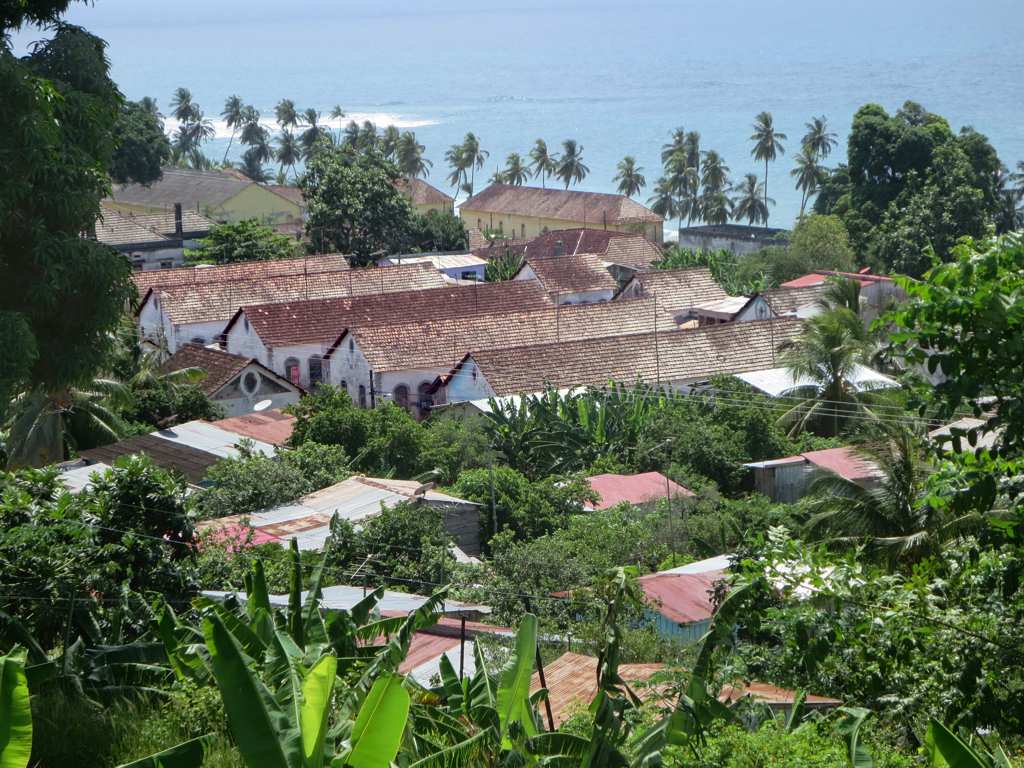
This small island nation off the Atlantic coast of Central Africa, located in the Gulf of Guinea, straddles the Equator and lies 225k west of Gabon. Few people have heard of Sao Tome and Principe, due to its isolated location and small size. It’s no wonder it’s one of the least visited countries in the world.
Discovered and claimed by Portugal in the late 15th century, the islands’ sugar-based economy gave way to coffee and cocoa in the 19th century. These crops were all grown with plantation slave labor, a form of which lingered into the 20th century. Although independence was achieved in 1975, democratic reforms were not instituted until the late 1980s, and the first free elections were held in 1991.
How to Get there: Flights from New York to Sao Tome via Lisbon cost around $1000 return. There are cheap flights from Lisbon to Sao Tome for $550 return.
Visa Requirements: US, Canada, British and EU nationals do not need a visa to enter and stay for up to a maximum of 15 days.
What to See? The town of Sao Tome has attractive Portuguese architecture, but most people come here for world-class scuba diving, fishing and whale watching between the months of July and October. Another main attraction is Obo National Park, where you can climb 2,024-meter Pico de Sao Tome, trek to a secluded waterfall, or try to spot as many of the island’s 109 species of orchids as you can.
9. Niue: 8,000 visitors
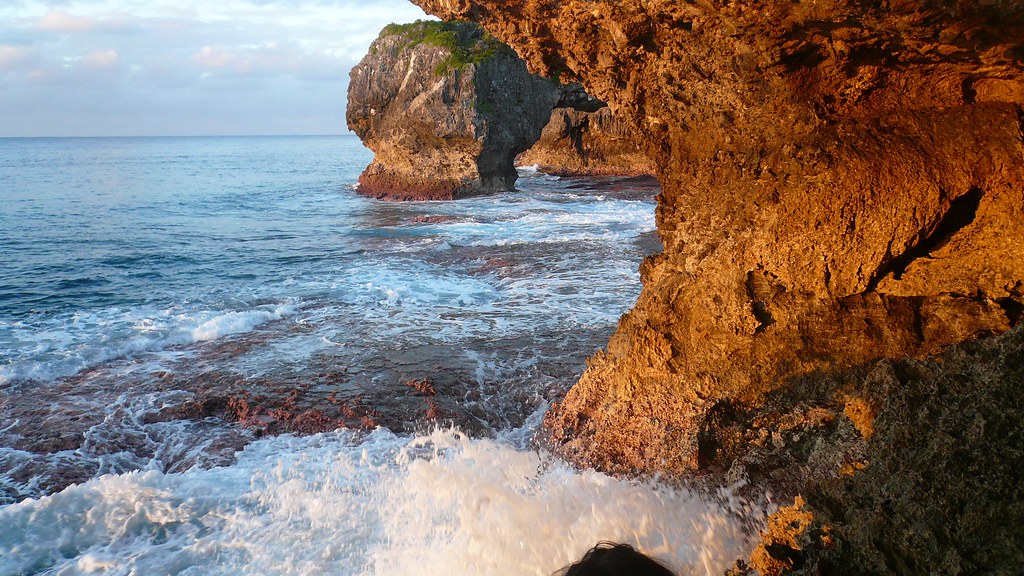
The tiny, very rocky island nation is situated in the middle of the South Pacific. At only 260 square kilometers big and with around 1,000 inhabitants, Niue may be one of the biggest coral atoll islands, but it is also one of the smallest countries in the world.
Surrounded by protective reefs, and presided over by a sunny tropical island, Niue has one very unique trait in addition to its small size and beautiful beaches – high levels of natural radioactivity in the soil! Don’t worry, no negative effects have been reported.
How to Get there: The main gateway to Niue is New Zealand and direct flights from Auckland to Niue cost around $450 return. Flights from Los Angeles to Niue cost around $1700 return.
Visa Requirements: Visas are not required by US, Canada, UK, EU and Australia nationals for stays up to 30 days. An entry permit is granted upon arrival.
What to See? Explore the island by bike: the island has a network of quiet and sealed roads great for cycling. Visit the Avaiki cave, reported to be where the first settlers’ canoe landed. Swim in the Matapa chasm, go game fishing or scuba diving off Vaitafe and Limu.
8. Libya: 6,250 visitors

Though the 17th largest nation in the world, Libya has had more than its fair share of problems. Civil war has plagued the nation, and clashes are frequent throughout the country, with attacks by armed groups occurring almost anywhere and affecting even hotels hosting tourists. Recently, Daesh has arrived as well.
The climate of Libya can be as forbidding as the violent threats, with 90% of the land covered by extremely dry desert. It is only the norther regions, on the Mediterranean sea, that enjoy a milder climate. For those tourists that dare to brave the environmental and political conditions, they will be rewarded with amazing historic heritage.
How to Get there: You’ll need to fly to Istanbul or Tunis to get to Libya. Direct flights from Istanbul to Tripoli (3h) cost around $800 return, and flights from Tunis to Tripoli (1h) cost $350 return.
Visa Requirements: Visas are required by all nationals. The Libyan visa is known to be one of the hardest to get. You’ll require a letter of invitation to apply for your visa at the embassy.
What to See? Leptis Magna, east of Tripoli, was a major city of the Roman Empire, and to this day holds some of the most outstanding and preserved Roman Ruins. Similarly, Cyrene was founded by the Greeks in 630 BC, and is still an archeological site near the Libyan city of Shahhat.
7. Marshall Islands: 6,000 visitors
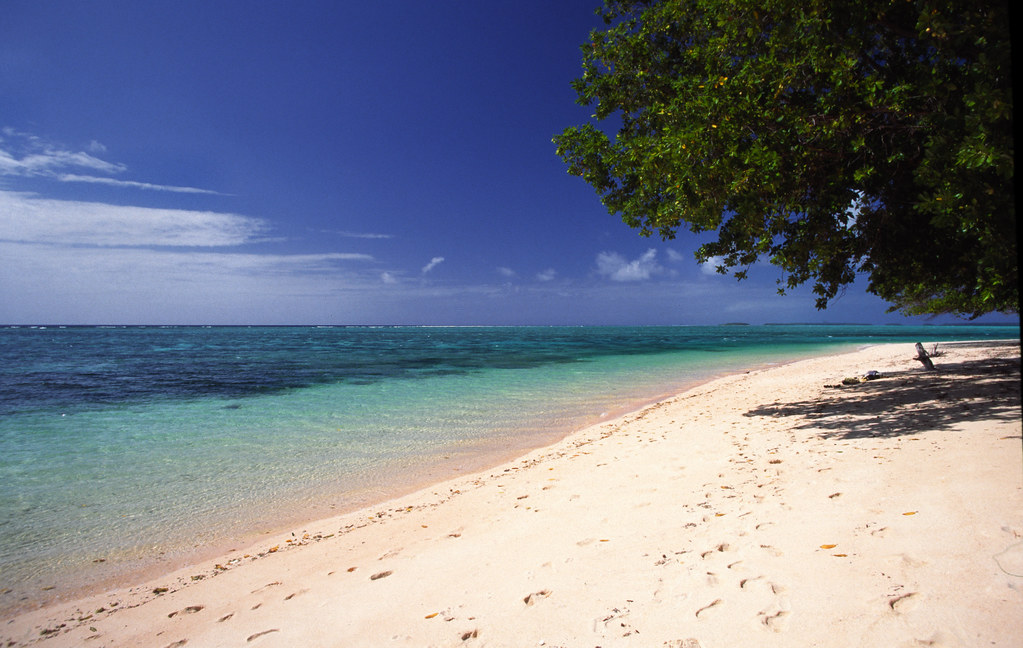
With over 1000 individual islands and islets, Marshall Islands is full of expert fishermen and navigators. Doing much to protect the ocean, the Marshall Islands have even established the world’s largest shark sanctuary. The country is especially friendly to Americans, as the US dollar as the national currency.
Unfortunately, the close relationship with the United States was not always positive for the Marshall Islands. It was the site of the largest US nuclear weapons test in history, with fallout continuing to impact the nation. Radioactivity isn’t the nation’s only worry, as it is considered the most endangered country in the world due to flooding from climate change.
How to Get there: The main gateway to Marshall Islands is Honolulu. Flight from Honolulu to Majuro (5h) costs around $1200. You can also take United’s island-hopper service between Guam and Honolulu as it stops at Majuro.
Visa Requirements: Visas are required by all nationals except US citizens. Other nationalities can obtain a 30-day visa on arrival that costs $100.
What to See? Majuro is the capital and it’s home to a busy port and secluded lagoons. Visit the Alele Museum, which has preserved the local traditions of the Marshallese culture. Go diving amidst WWII wrecks and coral heads or go island hopping to sites like Maloelap and Mili atolls.
6. Equatorial Guinea: 5,700 visitors
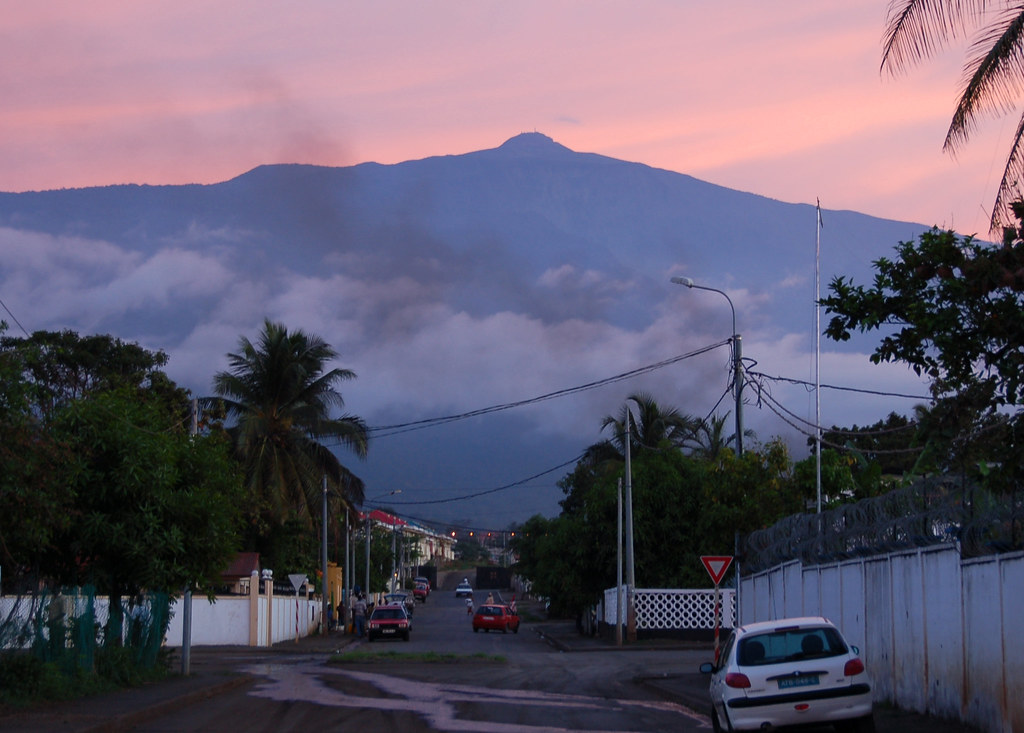
Divided into a mainland and five volcanic islands (the most popular being Bioko Island), the African nation of Equatorial Guinea is hugely unknown, mainly because of the political issues that have plagued the country for centuries. Despite huge oil wealth, little has trickled to the poverty-stricken people.
However, Equatorial Guinea offers a rare opportunity to experience Spanish colonial history and beauty. Natural wonders are the biggest draw to the nation, with outstanding volcanic views, seaside sand stretches, and unspoiled jungle. Animal-lovers are in luck, as the rain forest of Equatorial Guinea is home to numerous endangered primates, and the beaches host nesting sea turtles.
How to Get there: You can fly direct to Malabo from many major European cities. Flights from Madrid or Paris cost around $700 return. Flights from New York cost around $1400 return.
Visa Requirements: Visas are required by all nationals except US citizens who can stay up to 90 days. Other nationalities need to apply for the visa at an embassy with proof of funds.
What to See? The capital, Malabo, is interesting and rich in colonial heritage. Most tourists come to see endemic primates like chimps and even gorillas, in the lush jungles of Bioko Island. Monte Alen National Park has elephants, leopards and lots of birds.
5. South Sudan: 5,500 visitors

South Sudan, recently split from Sudan, is one of the newest countries in the world and still rife with civil wars. Because of a diverse population (including Muslims, Christians, and Animists) and an equally diverse geography, South Sudan has been afflicted by raging civil wars for more than 40 years.
Even with tumultuous politics and dangerous atmosphere, Sudanese hospitality remains second to none, and those who venture into this war torn country often report it as their favorite. With a rich and ancient cultural history, South Sudan has a delicious cuisine (including Turkish, Egyptian, and Ethiopian influences) and many interesting sites.
How to Get there: You can fly direct to Juba from Cairo, Dubai, Nairobi and Addis Ababa. Flights from London to Juba cost around $800 return. Flights from New York via Dubai cost around $1500 return.
Visa Requirements: Visas are required by all nationals and you must provide a letter of invitation and yellow fever vaccination when applying for your visa at the South Sudan Embassy.
What to See? The world’s newest capital city Juba is a fast-growing boomtown, with new buildings rising on a weekly basis. South Sudan’s second biggest city Wau is home to a plethora of colonial-era buildings and a mix of tribes. Its domed 1913 cathedral is the largest in the region. Hire a boat to head out to Nimule National Park to spot some elephants and hippos.
4. Kiribati: 4,000 visitors
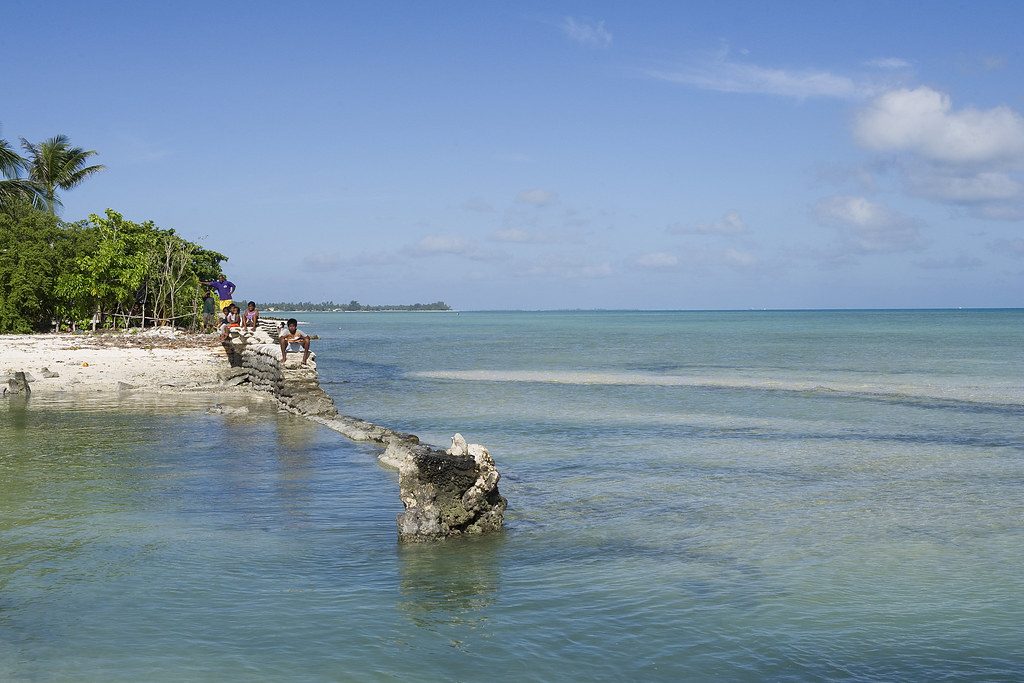
An extremely geographically isolated nation, Kiribati’s land mass is 800 square kilometers, but the islands are dispersed over 3.5 million square kilometers. The nation is extremely untouched, thanks to how secluded and inaccessible the islands.
Described as a “uncommodified” culture, the locals are extremely friendly and welcoming, and offer interesting cultural practices for tourists to observe and participate in. One of the most iconic aspects of the culture is the Kiribati dance, characterized by small movements, and especially by sharp birdlike movements of the head. The Kiribati flag even features a Frigate bird, in reference to the birdlike dancing.
How to Get there: Nauru and Marshall Islands have flights to Kiribati that depart once every two weeks. You can also fly there from Fiji which has two weekly departures to Tawara. Flights from Nadi to Tawara (3h) cost around $1200 return.
Visa Requirements: All US, UK, Canada, Australia and EU nationals do not require a visa to stay in Kiribati for up to 30 days.
What to See? Most people skip Tawara, the capital of Kiribati, as it’s not the prettiest town. Head to the sandy shores and go diving instead. Kiribati is known as the world’s largest coral atoll and is a dream destination for divers. Birdwatching is also popular, especially on Christmas Island as millions of birds come here each year.
3. Tuvalu: 2,000 visitors

An extremely remote country, Tuvalu reported 2,000 tourist in the 2019 report from UNWTO. As one of the smallest and also the most remote islands in the world, it is extremely inaccessible. To get there, you’ll have to catch a propeller plane from Fiji Airways that flies there twice a week. There is also an occasional cargo ship (that doubles as a passenger ship) between Fiji and Tuvalu.
Featuring a vast diversity of marine life, Tuvalu is the ultimate diving and snorkeling vacation. There are 9 different coral atolls, numerous coral reefs, lagoons, and small islands to spend days or even weeks exploring. Once a tourist is ready for dry land, they can enjoy a distinct, friendly, and protected Polynesian culture with unique arts, crafts, music, dance, and stories.
How to Get there: Flights from Suva, Fiji, to Tuvalu (2h) cost around $800 return. They only fly there twice a week!
Visa Requirements: All US, UK, Canada, Australia and EU nationals do not require a visa to stay in Tuvalu for up to 30 days. Entry permits are granted at arrival.
What to See? The highlight of Tuvalu for many is the Funafuti Conservation Area, located about a half an hour boat ride from the main island. The Funafuti Lagoon is excellent for snorkeling and swimming. But the main capital city on Funafuti is sadly a bit polluted and eroded from the effects of climate change.
2. Somalia: <1000 visitors
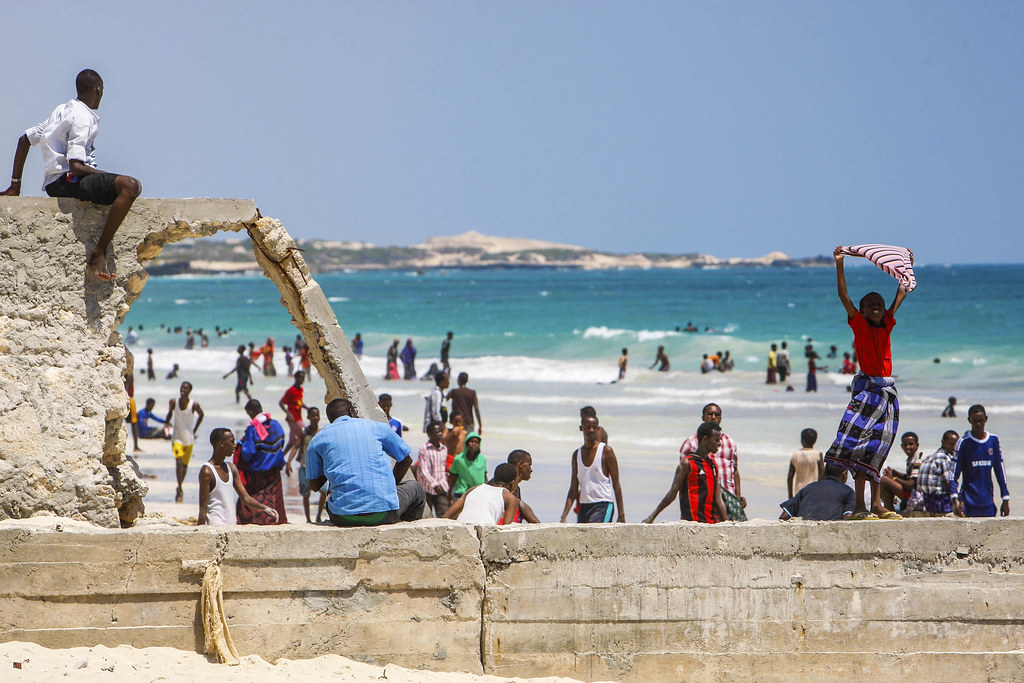
Numerous travel warnings are in effect for Somalia due to the armed conflicts between the government and violent factions (including Al Shabab, linked to al-Qaeda). But before the civil wars began in the early 1990s, Somalia was extremely welcoming to tourists.
The country is especially notable for its waterfalls, mountain ranges, and national parks. The wild areas are home to a vast number of interesting wildlife. This includes lions, cheetahs, spotted hyenas, leopards, onyx, and ostrich. Additionally, the country has the longest coastline of any on the African continent, and possesses innumerable beaches.
How to Get there: Flights from Istanbul to Mogadishu cost around $1200 return. Flights from New York cost around $1400 return.
Visa Requirements: Visas are required by all nationals. You can obtain your visas at Somalian consulates in Addis Ababa, and Nairobi.
What to See? The Somali beach near Mogadishu is actually quite beautiful and it’s an interesting spot to people watch. But Mogadishu is an extremely dangerous place now because of the warlords. I’d advise heading to Somaliland instead which is more stable, with few terrorist attacks. The main attraction here is the Laas Geel cave paintings.
1. Nauru: <1000 visitors
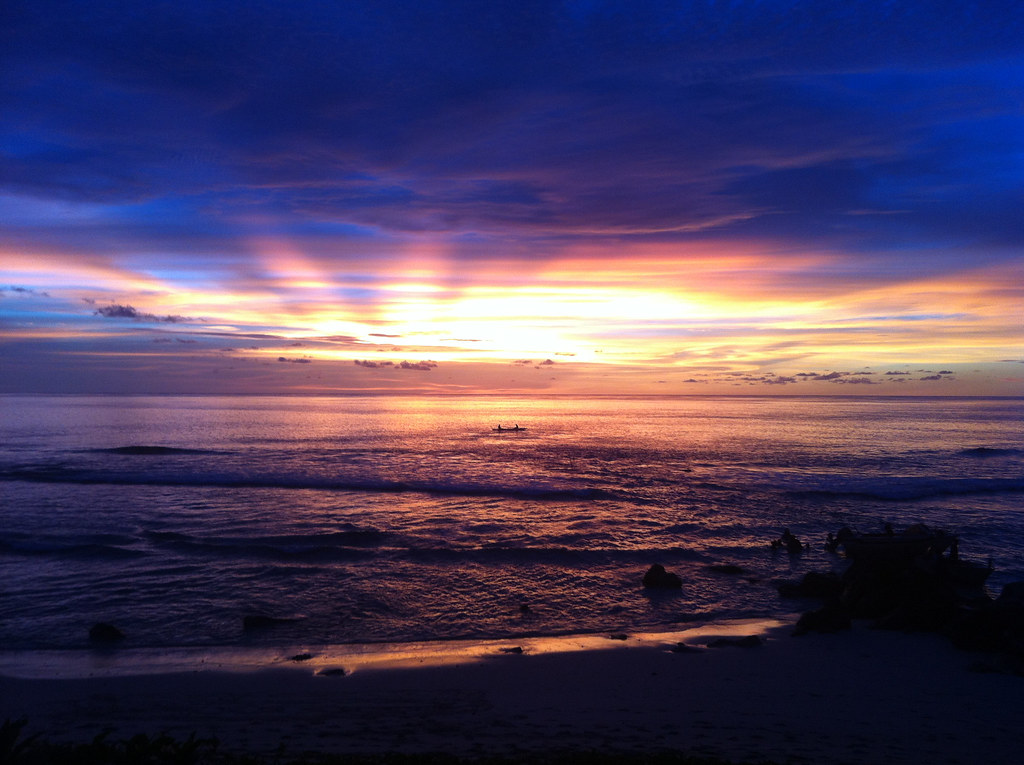
Plunked in the middle of the Pacific Ocean, this tiny island nation covers less than 21 square kilometers and is home to less than 10,000 inhabitants. Only one airline serves the country (with an old Boeing 737) and tourist infrastructure like hotels and restaurants are pathetically minimal. Freight deliveries are rare, and employment is even scarcer. Health care is basic at best.
In spite of the present economic gloom, the island still offers glimpses of its former glory, with turbulent surfs surrounding the coastline and sea birds swooping over the green inland cliffs. For WWII buffs there are remnants of the Japanese occupation scattered around the island. The enormous skeletal remains of mining infrastructure are truly remarkable.
How to Get there: The main gateways are Australia and Fiji. Flights from Nadi, Fiji cost around $1500 and direct flights from Brisbane, Australia, to Nauru (4.5h) cost $950 return.
Visa Requirements: Visas are required by most nationals and proof of flights and accommodation must be provided. They can only be applied at the high commission in Fiji or consulate in Australia.
What to See? There isn’t much to see in Nauru per se. The best beach in town is the Anibore Bay although the currents are dangerous. Take a dip in Anibore Harbor which is the best spot for swimming. Take a hike up to Command Ridge, Nauru’s highest point where you can see the whole country.
Safety Measures to Take When Visiting the Least Visited Countries:
If you’re planning to travel to any of these destinations, there are a few things to keep in mind:
- Before traveling to remote places, consult your country’s foreign office for advice on conditions at your destination. If travelling in areas where there is political instability or disorder notify your embassy when you go.
- Always get travel insurance before you go. Check with your provider that the place you’re visiting is covered in your plan.
- Be aware that remote travel involves a degree of risk over and above that of a normal trip. In the event of serious illness it could be hours or days before you can be evacuated.
- Find out what vaccination may be required. The CDC provides a country-by-country interactive map of health conditions, including current outbreaks of disease.
- Before you go, find out what kind of telecommunications device will work in your destination. Will a cell phone work and how will you get online access?
-
Follow the news to keep yourself updated of the political situation from time to time. Check the latest blogs, websites, and forums to find out if it’s safe to visit.
-
Keep your family informed of where you’ll be visiting and your hotel info. Leave instructions on who to contact if they don’t hear from you after a certain period of time.
-
Keep your plans flexible and be opened to last minute changes.
Disclaimer: This post contains affiliate links to companies I use and trust. I get a small commission when you click on my links, at NO EXTRA COST TO YOU.
Inspired? Pin it!


The Comments
De'Jav Speller
What a list…haven’t heard of some of these places interested in doing more research on Nauru and Marshall Islands.
Laura
Nauru is also home to one of Australia’s off shore detention centre’s. Prospective refugees are locked up there as are criminals awaiting deportation. The situation there grows ever more volatile with riots at the centre and refugees on day release experiencing acts of violence against them.
Nellie Huang
LauraThanks for sharing that with us! We really don’t know much about Nauru, only learned about it on Tony Wheeler’s book, Bad Lands. It definitely doesn’t sound appealing at all!
Stephanie Jane
Embarrassed to say I had not even heard of four of these nations!
Leslie
Interesting list! Good research :-)
Nellie Huang
LeslieThanks Leslie, glad you enjoyed it!
Nellie Huang
Thanks for pointing that out! We’ve fixed our mistake, sorry about that!
Otavio
Interesting list. However, I wonder how Syria (or Iraq) isn’t in the list. Who would go there with the civil war it’s facing now?
Destination West Africa: Travel Plans for 2016 - Starry-Eyed Travels
[…] of travel will be involved as well. I’ll navigate the journey to Guinea-Bissau, one of the world’s least visited countries, perhaps via the Gambia, and I’ll spend some time in the Senegalese city of Saint-Louis, a […]
Adrian
It is so sad that all this regions and countries are struck by war and fights that will never allow them to develop.
There might be some solutions for all this but there is a huge need for people to sit and debate and collaborate.
Nellie Huang
You’ll be surprised that North Korea receives more visitors than any of the countries on this list. Read the report from UNWTO (link at the bottom of the post) and you can see the full list. They actually get a lot of visitors from China. I went to North Korea a few years ago and it was surprisingly easy to get in on a guided tour. Feel free to read my articles on North Korea here: https://wildjunket.com/category/by-country/asia/north-korea/
Dorota
Thank you for sharing, that’s fascinating – I haven’t even heard about some of them! The very remote places are tough to reach but looking at the pictures I bet that it is worth the effort once you do!
And I certainly hope that the places with difficult political situation and wars will become a calm place and an attractive tourist destination as soon as possible…
Gavin Evans
What a fascinating post! I spend so much time reading travel blogs and it is refreshing to find such interesting and specific information such as this. Wow, what we would do to get to Nauru; there really are not that many places untouched by travellers anymore!
Dan
There are places left in this world that are still ripe for true adventures. Solo travel is the only way to go in my opinion. Learn the language, do your research, and you’ll be rewarded with experiences that nobody else has done. Some of my most memorable were wandering through the Syrian desert looking for the Bedouin people with a little food, a water skin across my chest, and just the clothes on my back, or rappelling into Bibima cave in the highlands of PNG. Doing things like that, you’re guaranteed to never see another tourist. Put in the effort and you can have some real adventures.
Gulfshoppingdeals
Truly, out of these many wonderful places, I only knew 2 places South Sudan, and Somalia, rest were new to me. Great list, nice blog.
Nellie Huang
GulfshoppingdealsThanks for dropping by! Yes the list is based on statistics collected by World Tourism Organisation. Glad you enjoyed it!
Denn
As a stamp collector I’m aware of all these countries. I look at their stamps with wonder but that’s as close to them as I will ever get. I am not a traveler except the armchair variety.
If I were to pick one of them to visit, it would be St. Thomas and Prince!
Try stamp collecting! It’s educational and fun.
Blake
Great list! Thank you for including São Tomé and Príncipe on it. I have been there, and it is a gem. People looking to get off the beaten track and away from clichéd destinations will love it! Doing it sustainably, visitors can really help the country and its people.
Nellie Huang
BlakeHey Blake, love what you said about how traveling sustainably can really help the country and its people! Sao Tome is next on my list and I can’t wait to visit!